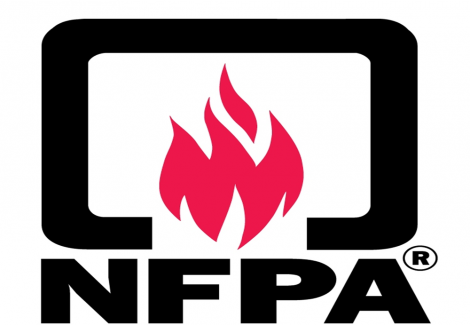Home » Smoke Alarm Research
There have been many studies done related to smoke alarms. The National Fire Protection Association produced an excellent report in January of 2019 title Smoke Alarms in U.S. Home Fires. The report focuses on smoke alarms installed and their performance as reported to local fire departments. It also includes information on why smoke alarms sometimes fail, on the value of multiple alarms, as well as the characteristics of fatal home fire victims in both homes with and without working smoke alarms:

NIST produced a research paper that was based on 24 full scale experiments to examine the effects of different smoke alarm types (photoelectric, ionization, and dual sensor), the fabric type, ignition scenarios, room configuration, and how an alarm performed. Although developed in 2008, much of the content in the study remains relevant, and is good reading material for anyone interested in the performance of smoke alarms:
Most home fires occur at night or in the early morning. Victoria University in Australia conducted a detailed study on the impact of smoke alarms on sleeping children. Children tend to sleep deeply, and those who are under the age of 10 were found to sleep through the tones of a sounding smoke alarm, even if that sound was very near them and loud. This report is very important for any parent.







